In one of Roald Dahl’s lesser-known short stories, ‘Lamb to the Slaughter’, the guilty Mrs Maloney tempts police officers into enjoying a spot of supper while they’re at her house hunting for the weapon used to kill her husband.
That’s the hell of a big club the guy must’ve used to hit poor Patrick, one of them was saying. The doc says his skull was smashed all to pieces just like from a sledgehammer.That’s why it ought to be easy to find.Exactly what I say.Whoever done it, they’re not going to be carrying a thing like that around with them longer than they need.One of them belched.Personally, I think it’s right here on the premises.Probably right under our very noses. What you think, Jack?
The coppers should probably be forgiven for gobbling up the murder weapon, though, because who can resist a perfect roast leg of lamb?
Love Lamb Week, which runs until 7 September, was established in 2015 by Cumbrian sheep farmer Rachel Lumley to help address low domestic consumption of this home-grown meat. Amid the ongoing war on red meat, the organisers provide a useful reminder that almost 70 per cent of UK sheep live on land we can’t grow food crops on, such as mountains and hills, and that 97 per cent of the water needed to produce lamb in the UK falls from the sky.
Why now? Well, while lamb is traditionally associated with Easter, British lamb is in fact at its best in summer and autumn, because most lambs are born in spring and ready for the food chain a few months later. And grass-fed British lamb is superior in taste and succulence to lamb from further afield, not to mention being without the air miles.
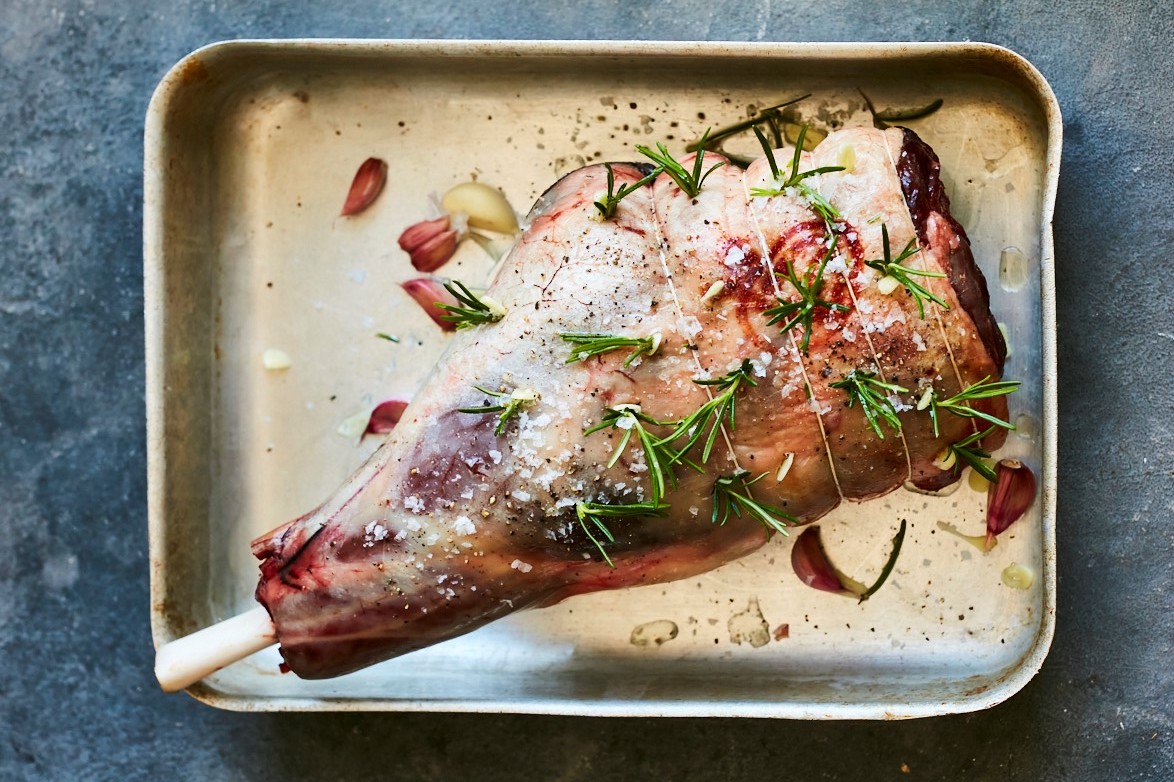
Food prices are rising across the board but lamb has been among the worst hit. According to the Food and Drink Federation, inflation in the price of lamb over the past year was 14.9 per cent, against average food inflation of 9.8 per cent. (Prices also fluctuate through the year: some may have noticed lamb prices rise earlier in the summer in response to increased demand around the festival of Eid.)
Last year, Gower Salt Marsh lamb became the first food in the UK to be granted protected status after Brexit, with the new ‘Geographic Indication’ badge created to replicate the Protection of Designation of Origin status conferred by the EU. There are a large number of celebrated British varieties with protected status (under the various different schemes): Welsh lamb, Scotch lamb, West Country lamb, Herdwick lamb and Manx Loaghtan lamb, as well as that from Orkney and the Cambrian Mountains. Hogget and mutton are equally brilliant in this country.
How to cook it? I have previously provided a recipe for Masala Raan roast lamb. There is also the classic preparation of a leg punctured with slivers of garlic and sprigs of rosemary (and anchovies too, to season the meat). A shoulder is a delicious alternative to leg and is cheaper, making it an ideal choice against rising costs. Try this recipe for a merguez-spiced roast. When cooked long and slow the meat becomes meltingly tender – help the process along by throwing a small glass of water or white wine into the roasting tray and then covering with foil so the meat both steams and roasts, and leaves you with a gravy at the end.
If you can, support your local butcher when buying. But if that’s not an option, Farmison & Co has a great selection of British lamb available to buy online. They seek to champion heritage breed meat, so as to show farmers that there is a market for their herds and flocks and encourage them to rear them, safeguarding natural diversity. Below are two great British breeds to try, along with some links to pre-marinated cuts from Farmison for those that want the hard work (if you can call it that!) done for them.
Two breeds to try
The Suffolk
A sturdy heritage sheep from East Anglia, the result of combining two other breeds, the muscular Norfolk Horn and the meaty Southdown. Traditionally the Suffolk is celebrated for the quality of its mutton, though it is also a flagship breed for lamb, combining developed flavour with characteristic sweet succulence.
The Romney
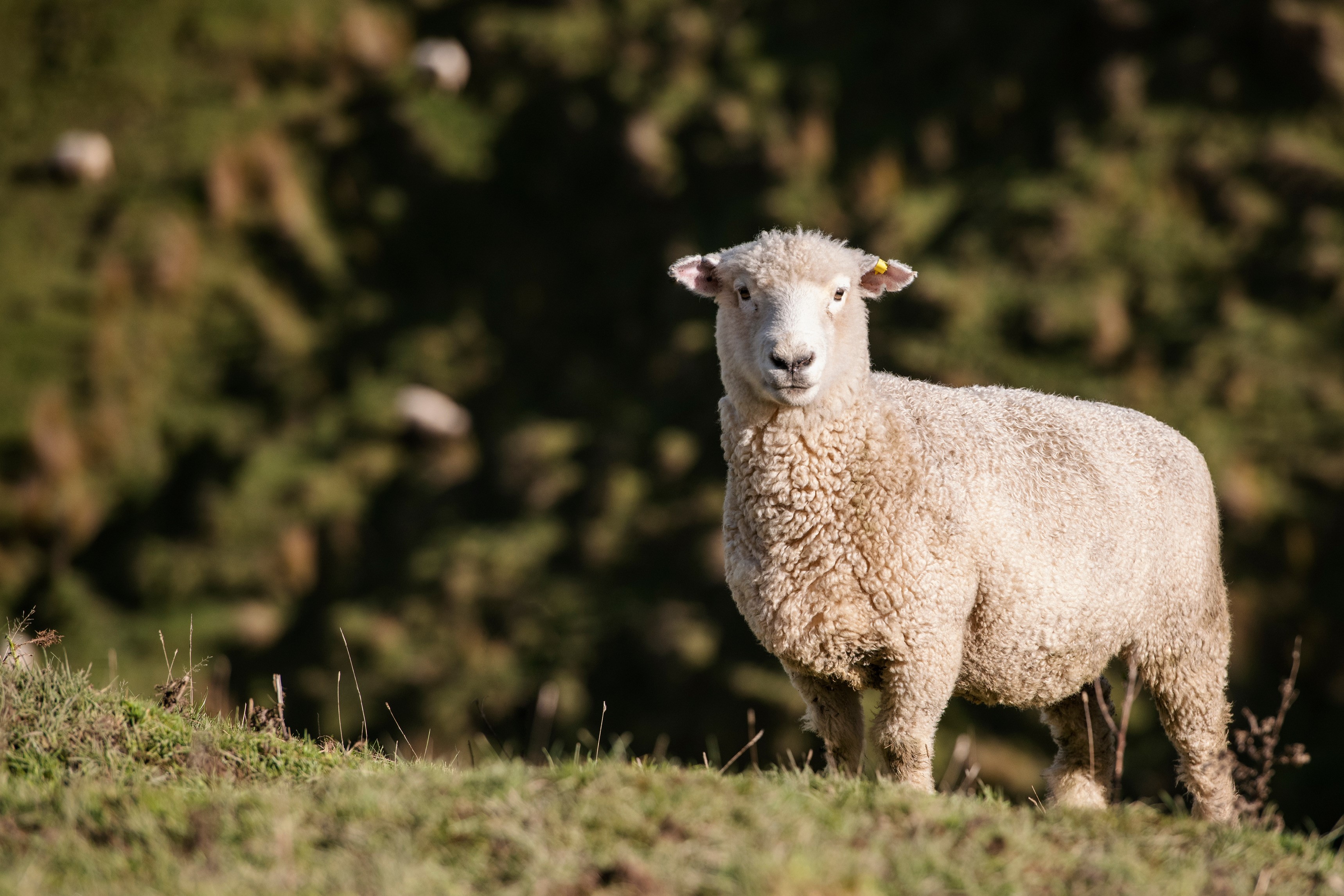
Originating from the Romney marsh area of south-east Kent, this hardy breed thrives in wet environments where they are excellent foragers, grazing on natural grasses and samphire. This existence causes them to layer up on fat, marbling the meat and adding tenderness.
The (very) easy option: pre-marinated cuts
Ssamjang marinated lamb cutlet
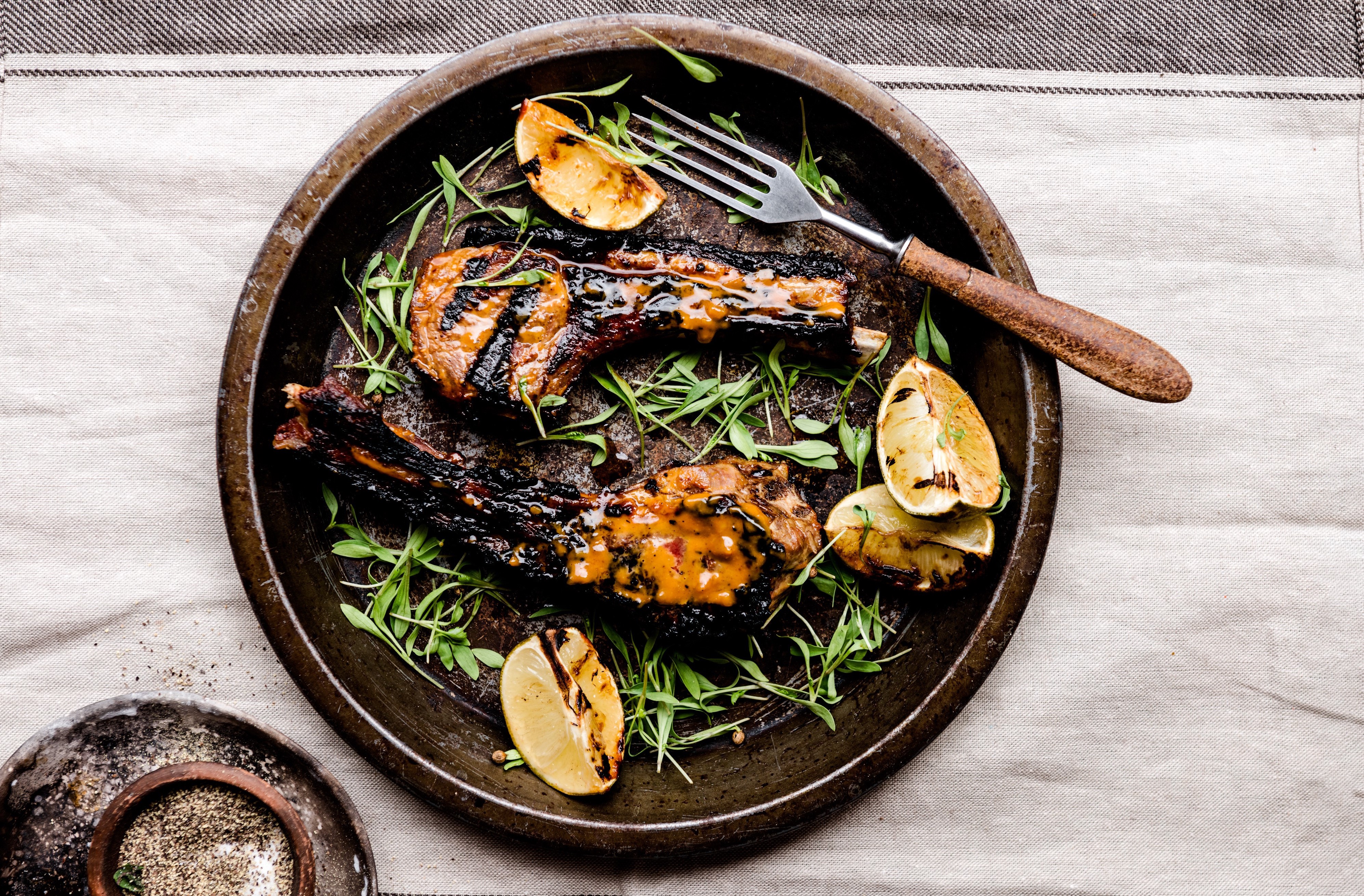
The most prized cut, these free-range lamb cutlets are taken from the rib to give a generous portion of the lamb loin on the bone. Farmison’s marinate them in a Korean ssamjang sauce.
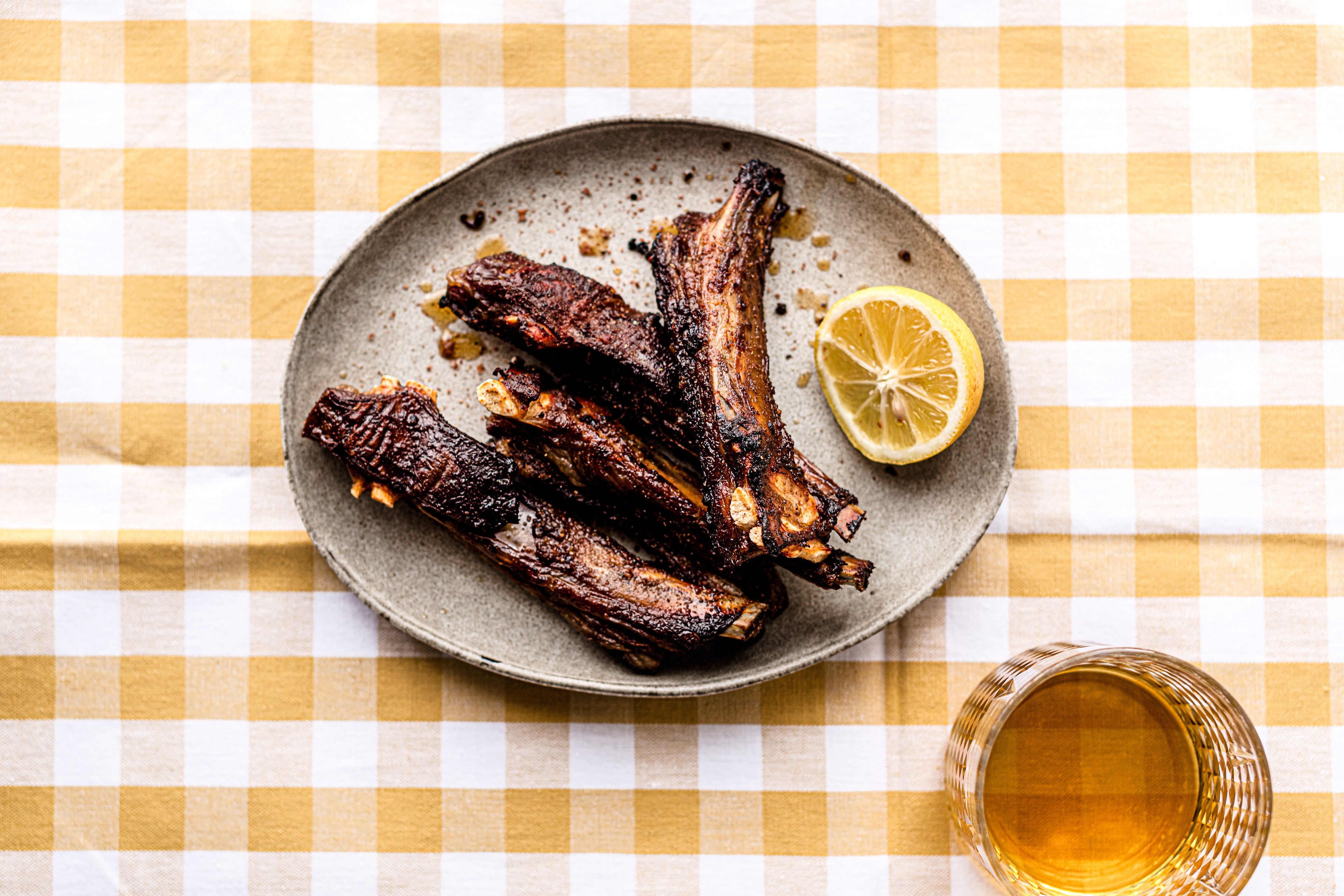
Riblets on the bone are made succulent by the thin layer of fat that runs through the meat. They are a good-value cut which are full of flavour, giving you more for your money.
Middle eastern lamb leg butterfly
De-boned and butterflied, this cut boasts an abundance of lean, succulent free-range lamb. Perfect for a barbecue if you want to stretch out the last days of the summer. The Farmison’s dry rub is made up of lime, wild thyme and smoked paprika.

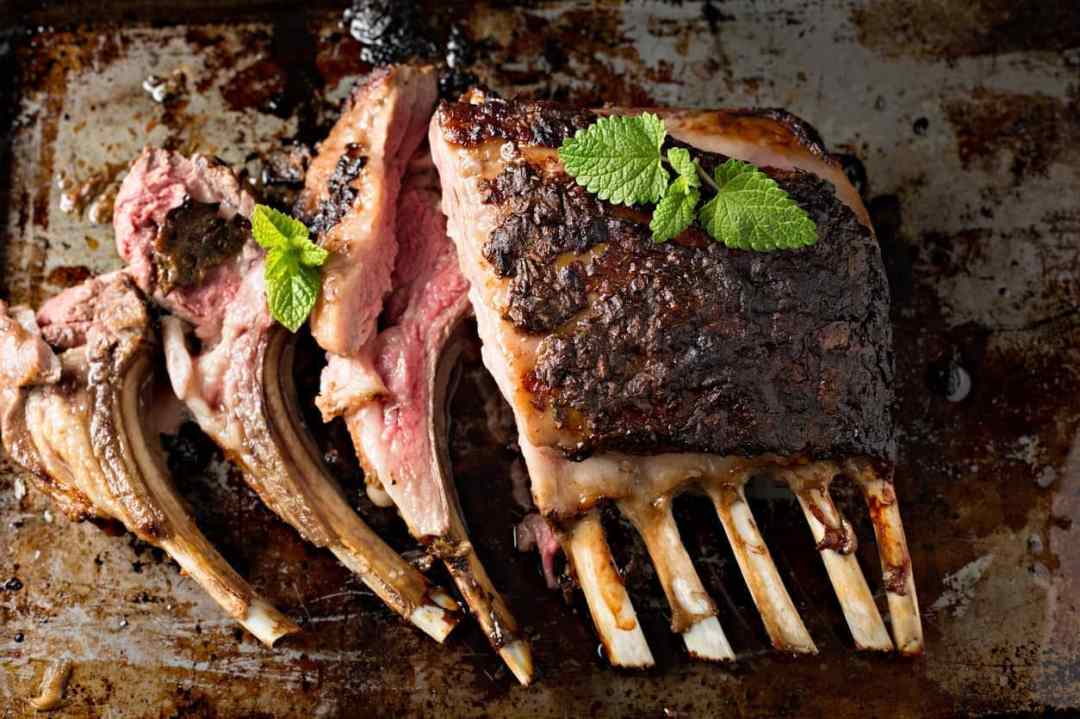





Comments